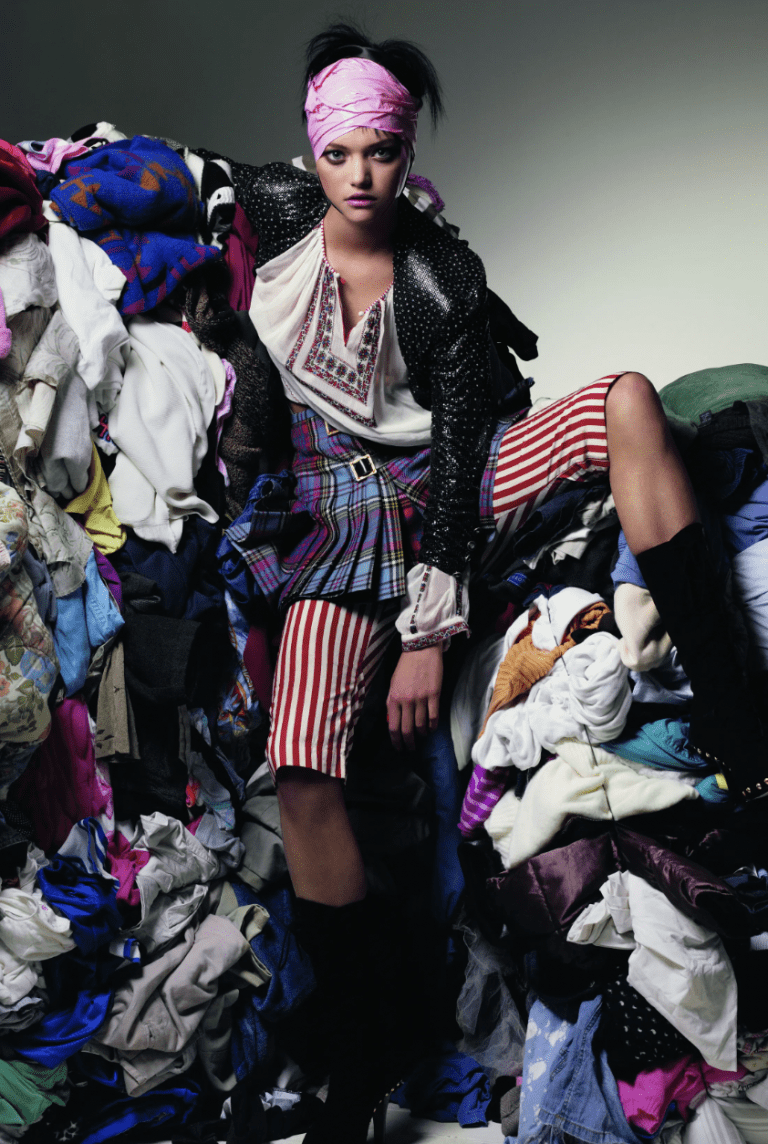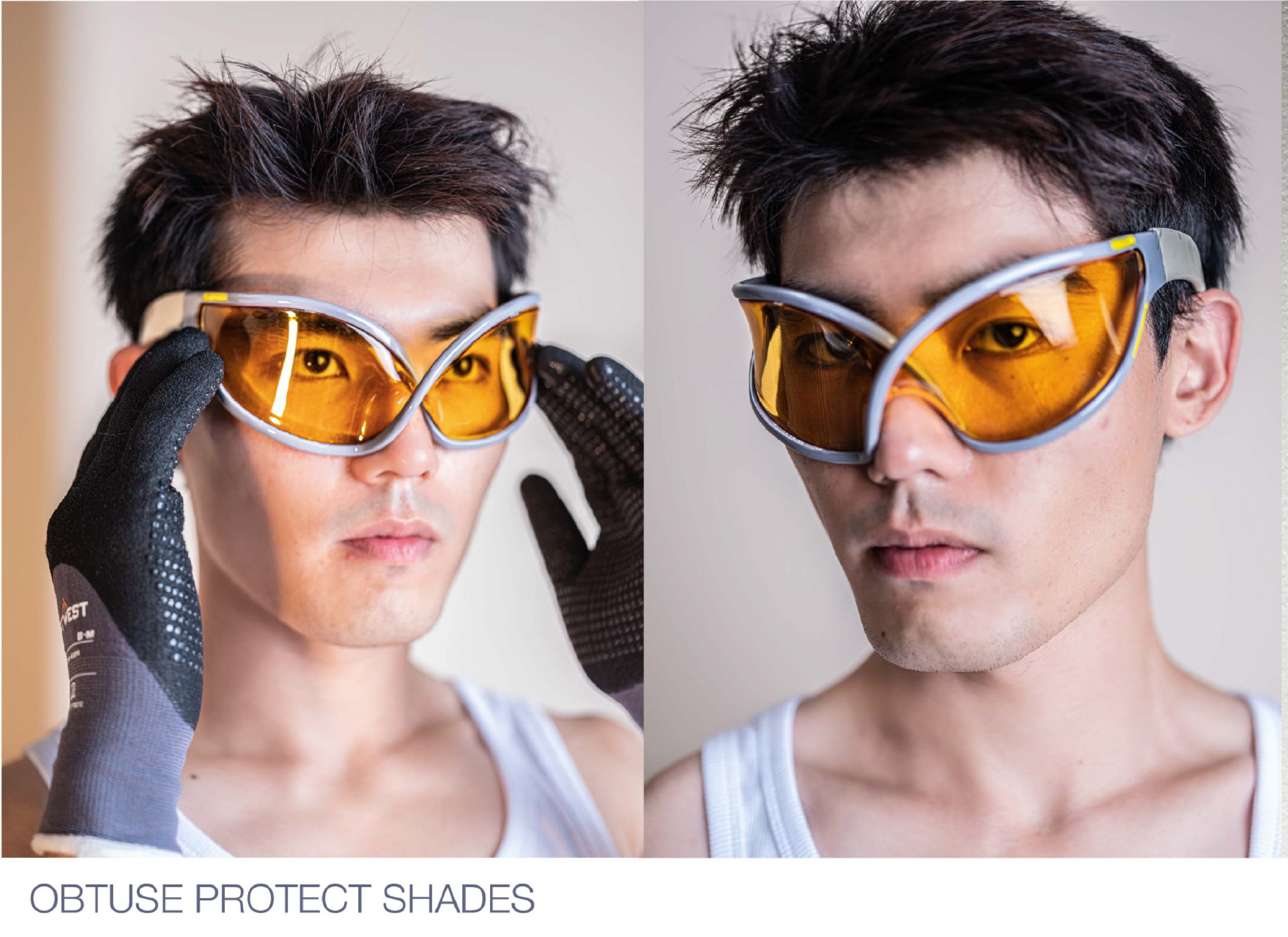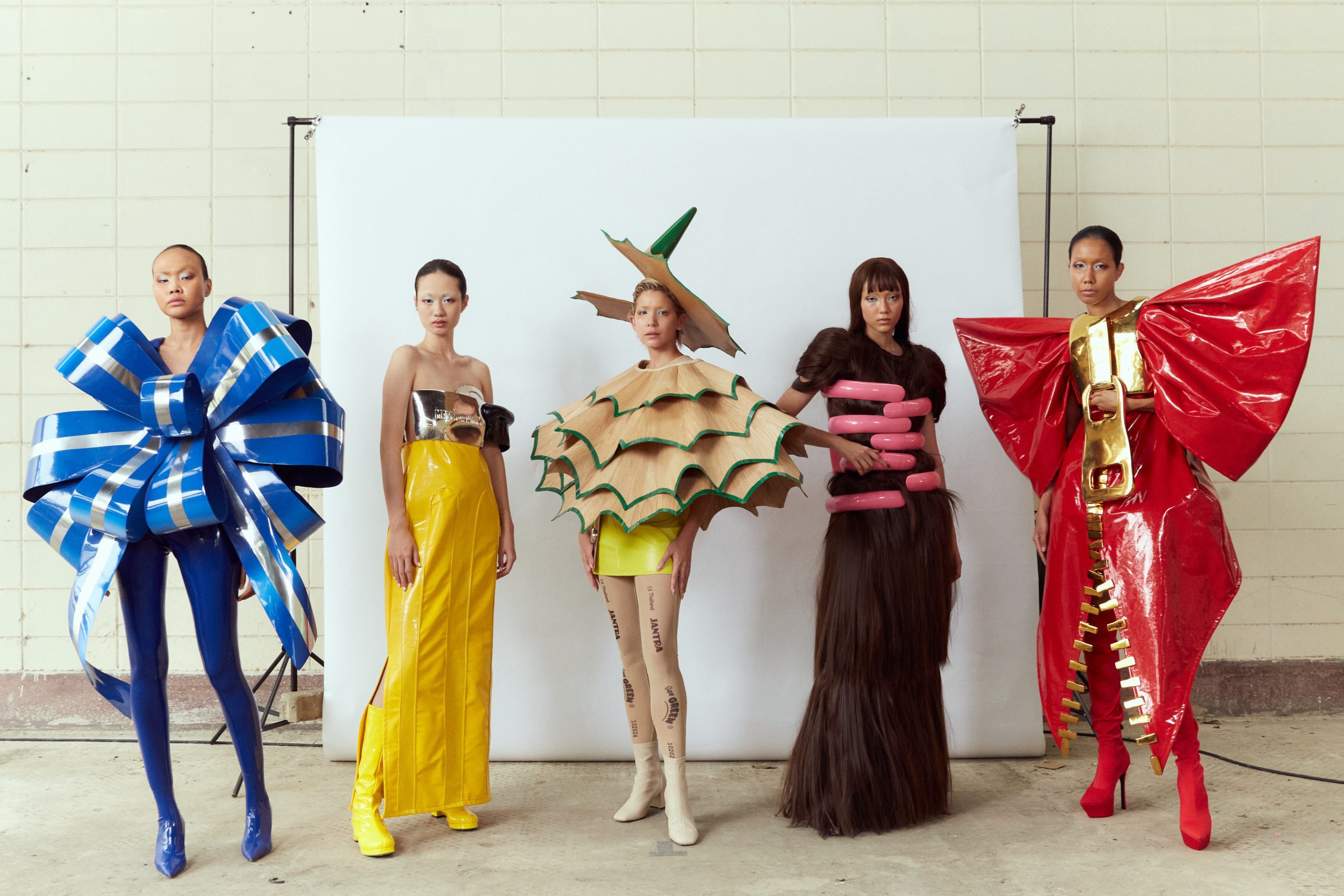In recent years, there was a glimmer of hope within the fashion community as consumers began to shift towards thrifting over fast fashion. The rise of projects like “Renewcell” fueled environmental optimism, but unfortunately, the tide seems to be turning once again. Second-hand shops and textile recycling organizations are facing financial woes, leaving us to question the real impact of our collective efforts toward a more sustainable fashion industry.
Despite the fact that thrifting and second-hand shopping did aggrandize as a type of trend, it has had a valuable impact. While the novelty of these sustainable choices may be waning for some, consumers should not forget the lasting impact they can have on the environment and the industry at large by adopting this way of shopping.
If we continue down a path of overconsumption, the very essence of sustainability is at stake. Despite the growing media coverage of ‘sustainable’ materials and the introduction of rental and resale options, it’s essential to question the true sustainability of these endeavors.
Environmental advocacy groups, such as Remake, are trying to make people more aware of the urgent problems in today’s fashion world. Remake, a leader in advocating for sustainable fashion, highlights the continued necessity for change within the space. Despite the trendy rise of thrifting and eco-friendly consumerism, there has recently been a resurgence in overconsumption, leading to setbacks for organizations like “Renewcell.” The current path suggests a lack of clarity with regards to the permanency of sustainability initiatives within the fashion industry.
One significant issue lies in companies opting for short-term, non-practical solutions that lack true sustainability. Instead of addressing the root causes of overconsumption, some businesses resort to quick fixes that may seem environmentally friendly on the surface but fall short of creating lasting change. This inclination toward short-term solutions is indicative of a lack of leadership and the necessary pace of change within the fashion industry.
The media’s portrayal of sustainability in fashion often paints a rosy picture, emphasizing the availability of ‘green’ materials and the rise of rental and resale options. However, it is crucial to scrutinize these claims and assess the actual impact they have on the industry’s sustainability goals. Are these initiatives driving meaningful change, or are they merely a smokescreen for continued overconsumption?
To address these challenges, a paradigm shift is needed in the fashion industry. Companies must move beyond superficial, short-term solutions and embrace comprehensive, sustainable practices. Consumer education is also vital to ensure that choices made in the name of sustainability genuinely contribute to positive change.
GLITCH believes the current struggles faced by second-hand shops and textile recycling organizations highlight the urgent need for a reevaluation of our approach to fashion sustainability. While there is a growing awareness of the issues, meaningful change requires a commitment from both consumers and industry leaders to prioritize long-term, eco-conscious solutions. Only through collective efforts can we ensure a truly sustainable future for the fashion industry.
Written by Nerija Kanapkaite, a GLITCH Magazine Contributor





